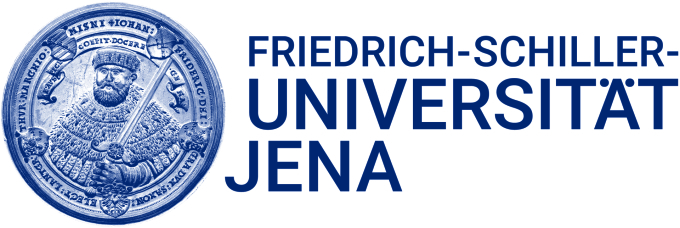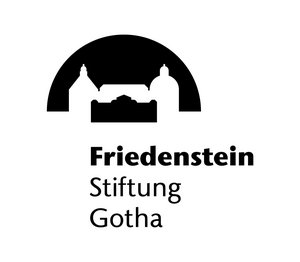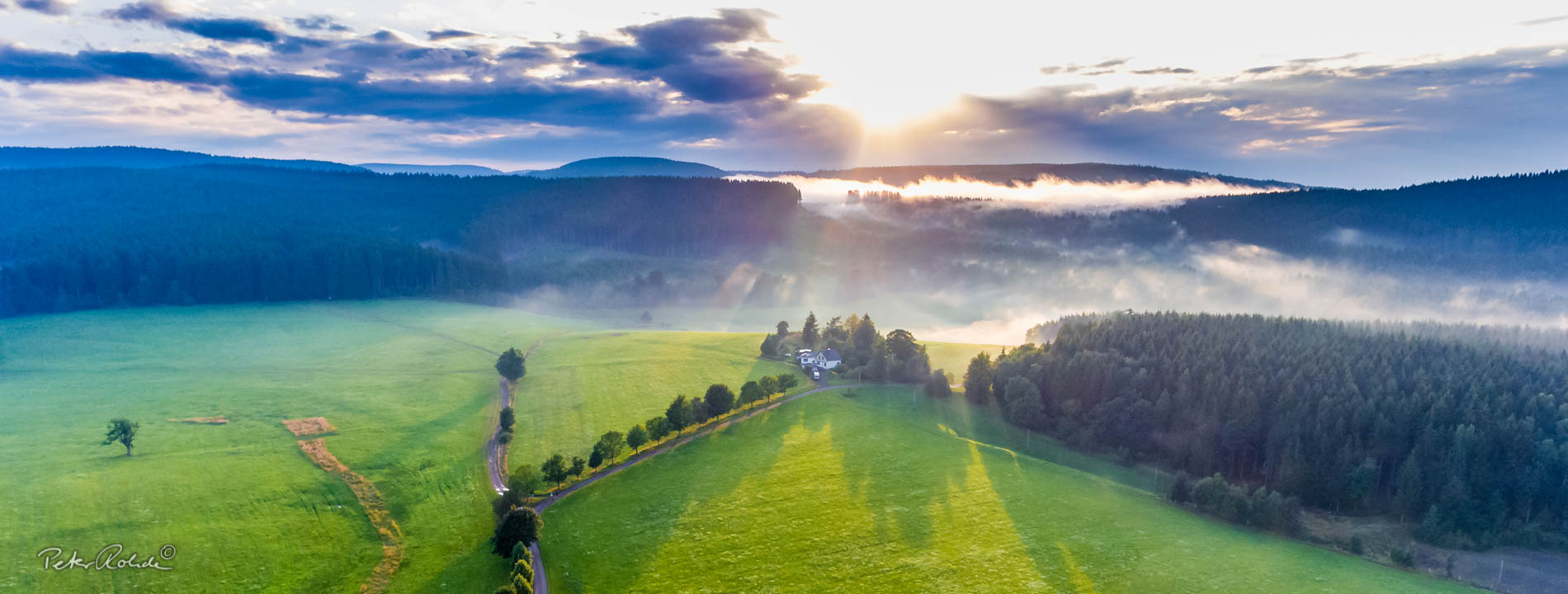
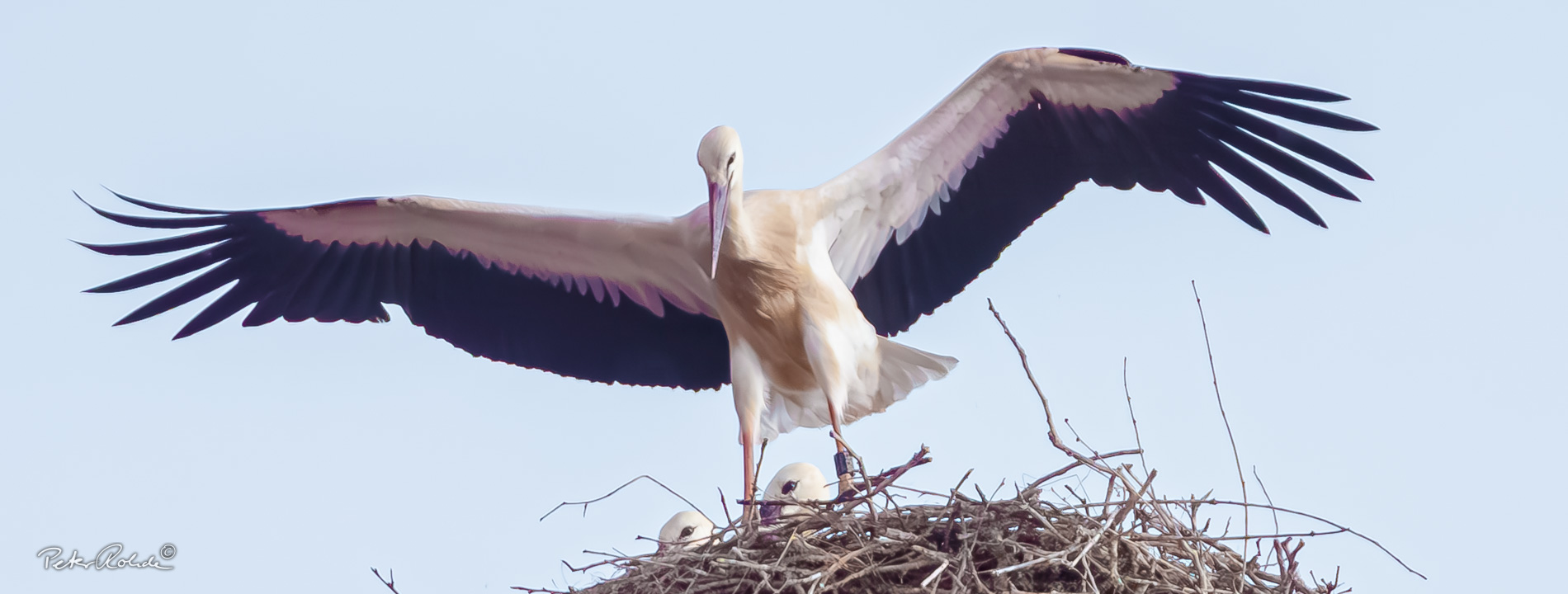
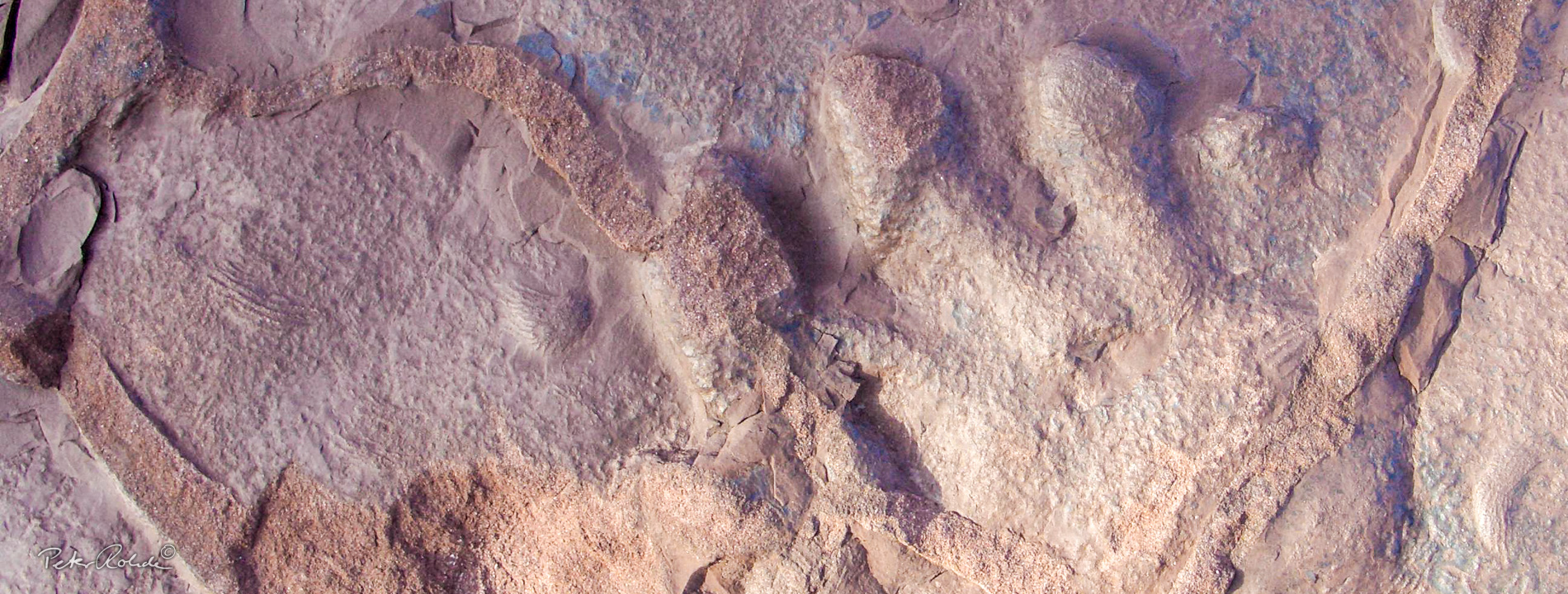


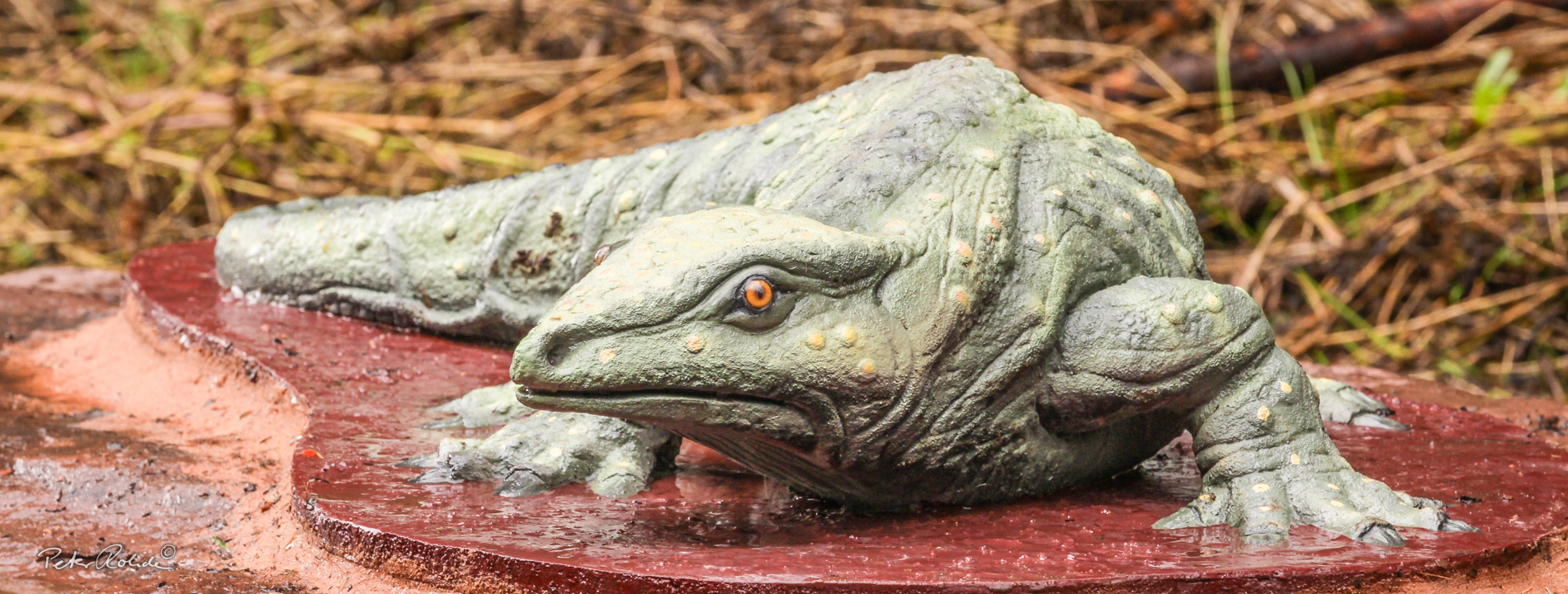
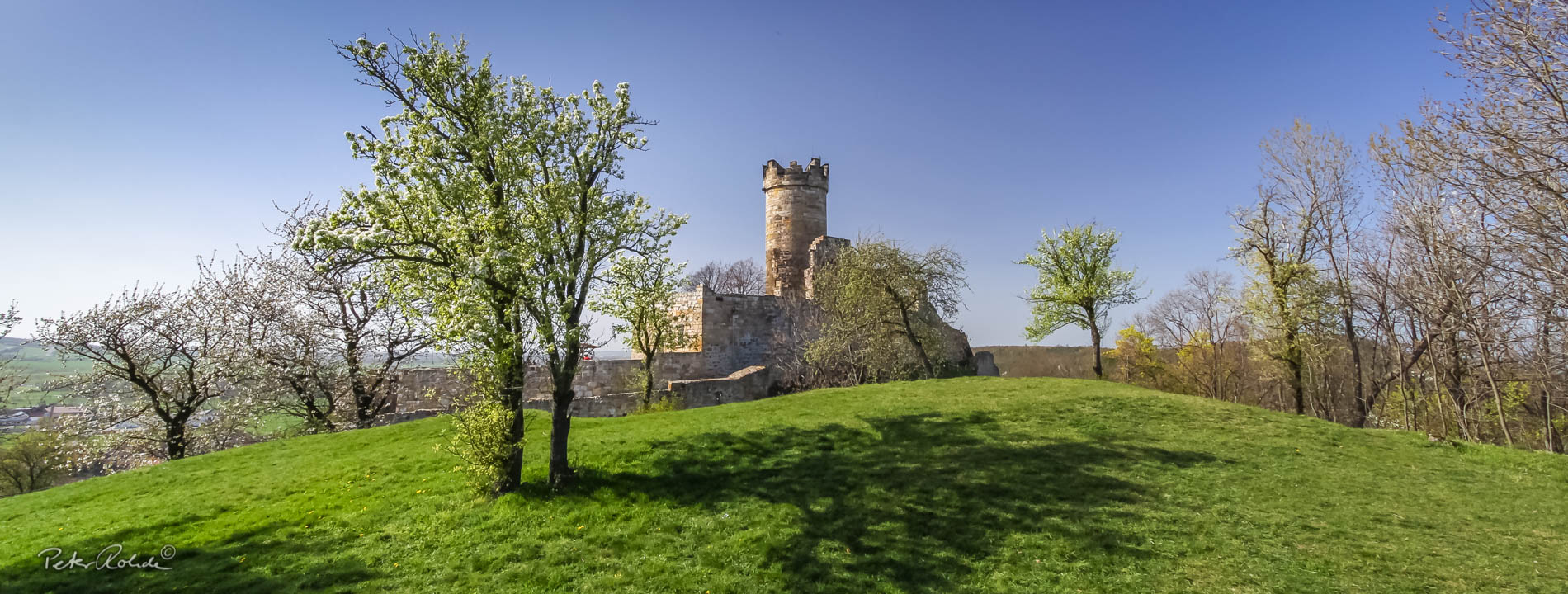

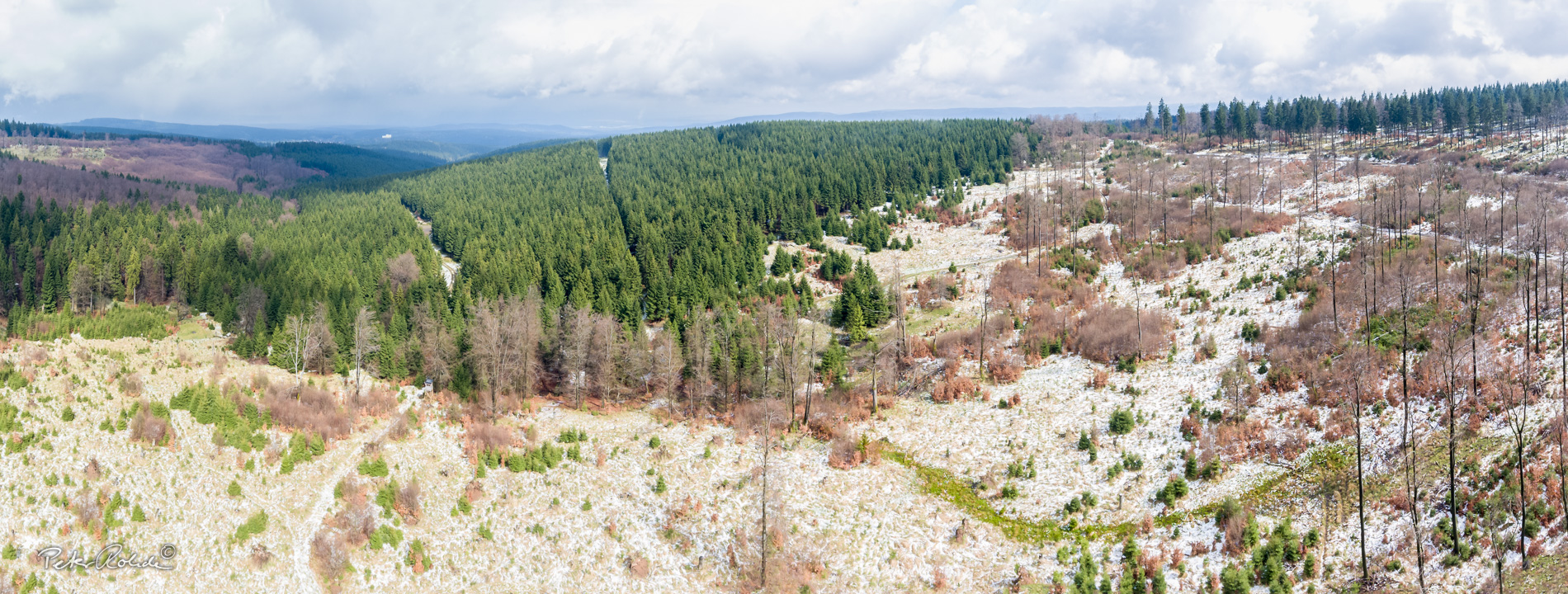










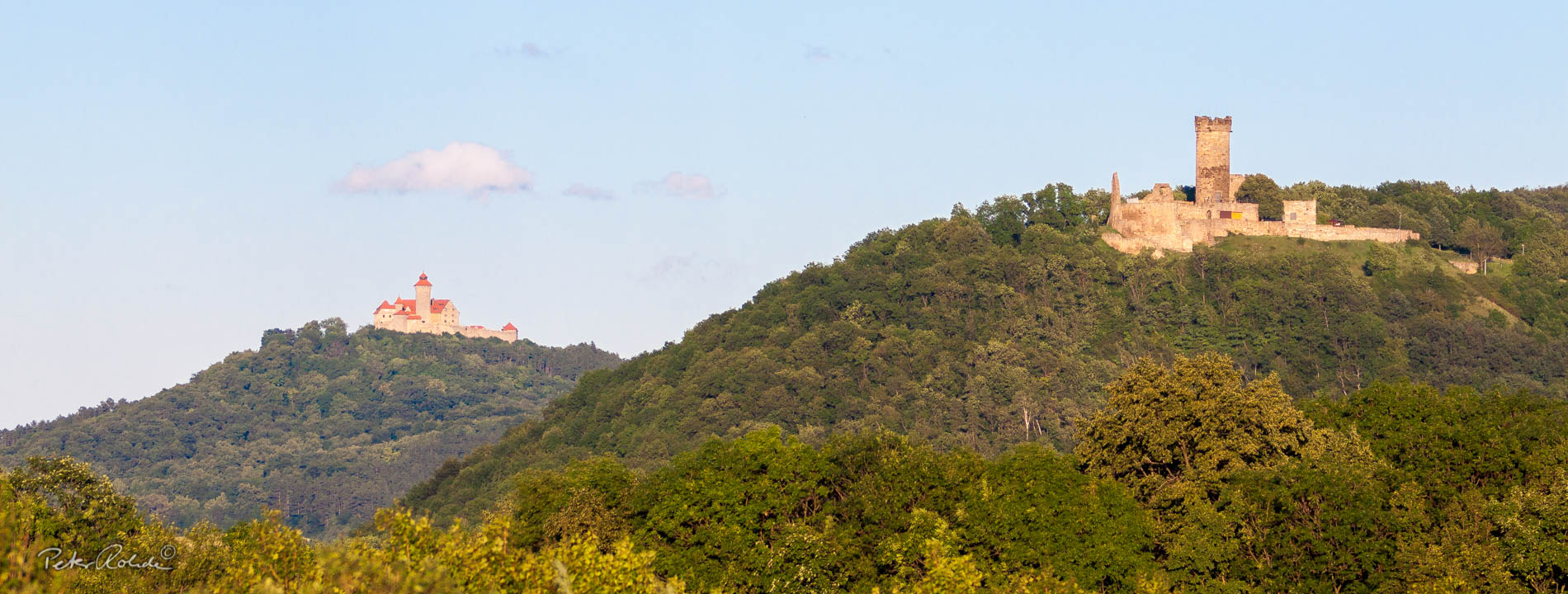
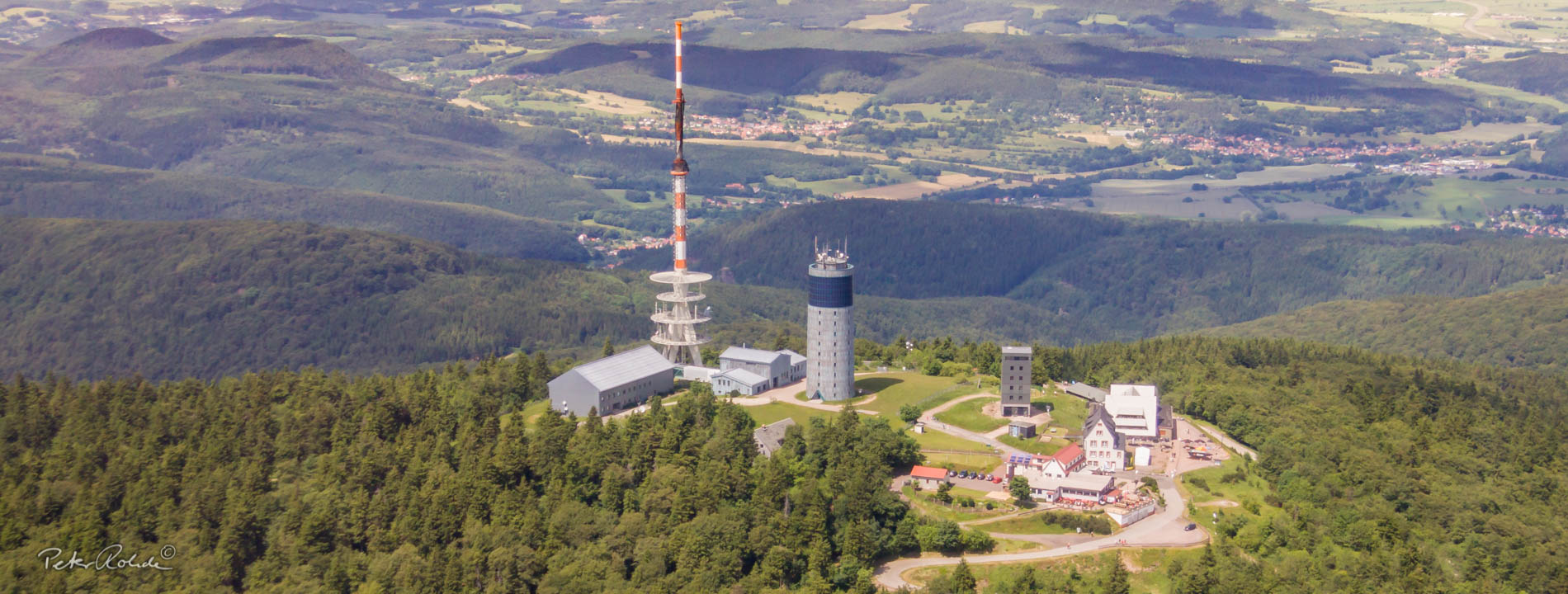





Comeback of the saurians!
Scientific excavations to be continued
At the end of a two-week test excavation in October 2020 on the Bromacker near Tambach-Dietharz, a first press event was held by the management office of the National GeoPark Thuringia Inselsberg - Drei Gleichen in cooperation with the municipalities of Tambach-Dietharz and Georgenthal, providing an opportunity to thank all stakeholders involved in the project and to gain first impressions of the new excavation.
The importance of the "Bromacker" site for science was highlighted by Professor Christoph Heubeck, Director of the Institute of Geosciences at the University of Jena, whose research will focus on sediment samples from a deep borehole to study environmental conditions and changes in the Lower Permian.
Prof. Heubeck said, "The harsh climatic conditions in the interior of the supercontinent Pangaea posed numerous challenges to inland ecosystems and required innovation and adaptations from their inhabitants. In this, we recognize numerous parallels to the present."
Prof. Jörg Fröbisch of the Museum of Natural History Berlin and head of the "Bromacker Project" emphasizes the importance of communicating the new research on the Bromacker to the public: "The project focuses on experimenting and developing modern, innovative formats of science communication with participatory approaches, such as the Bromacker Lab or a digital exhibition."
The local mayors Marco Schütz (Tambach-Dietharz), Florian Hofmann (Georgenthal) and Ralf Holland-Nell (municipality of Floh-Seligenthal) as well as the representatives of the National GeoPark Thuringia Inselsberg - Drei Gleichen underlined the importance of the Bromacker for the tourism and economic infrastructure of the Thuringian Forest. The mayors and stakeholders of all parties support the common goal to raise the area of the Thuringian Forest to a higher and international level through research and sustainable development of the region.
Tankred Schipanski, Member of the Bundestag for the district of Gotha and the Ilm district, highlighted the importance of the Bromacker site for the Geopark's UNESCO candidacy, which set out in 2016 to become a UNESCO Global Geopark. Mr. Schipanski thanked in particular Dr. Thomas Martens, who discovered the Bromacker site in 1978 and was the main actor and developer of the annual research excavations until 2010. Immediately after German unification, he involved American palaeontologists in his research activities and thus established the site internationally. During this time, he and his team discovered more than 50 early saurian skeletons, including the famous "Tambach Lovers."
After the joint excavations had been discontinued for many years, it was quiet around the Bromacker for a long time. With the new project, it is finally possible again to further open this significant geological window into the Lower Permian period and the former supercontinent Pangaea.
Dr. Timo Trümper, Director of Science and Collection, Friedenstein Castle Gotha Foundation, is also enthusiastic that the Friedenstein Castle Foundation is now once again reaching a high level of natural science with this research project. He says: "For the Friedenstein Castle Foundation, the continuation of the excavations is of great importance, as they are part of a long tradition of collections and science in Gotha. Geological exhibits were part of the historical Kunstkammer and as early as 1833, the first tracking plate was acquired by Duke Ernst I of Saxe-Coburg and Gotha."
At the end of the press event, the participants went to the current excavation site. There, the young, international team of researchers, who were also very disciplined in following the anti-covid distance rules during the excavation, gave a small insight into their scientific work.
After only a few days, the 2020 fall excavation produced the first interesting discoveries of early saurian tracks, which are now being analysed and classified at the Museum of Natural History Berlin and by the Friedenstein Castle Foundation in Gotha.
What's next?
Excavation activities are scheduled to resume in the summer of 2021 with the first test drillings. A digital visitor platform will then also be set up on the new Bromacker website, where interested parties can follow the research work. From next year, information about the excavation and palaeontological research at the Bromacker will be available at the GeoInfocentre currently being built in the Luther Church in Tambach-Dietharz. Furthermore, there will be a so-called "Bromacker-Lab" and digital exhibitions about the Museum of Natural History Berlin and the Friedenstein Castle Foundation.
We will keep you updated with a preview of these forward-looking scientific communication formats.


